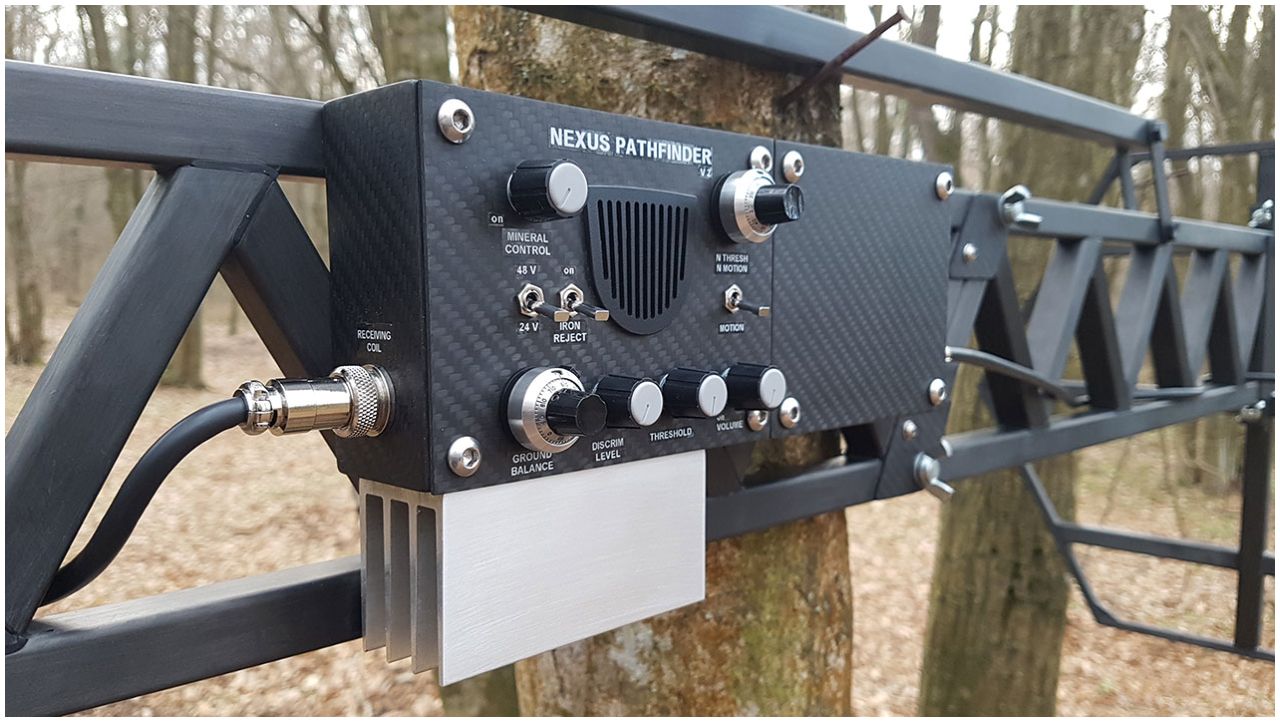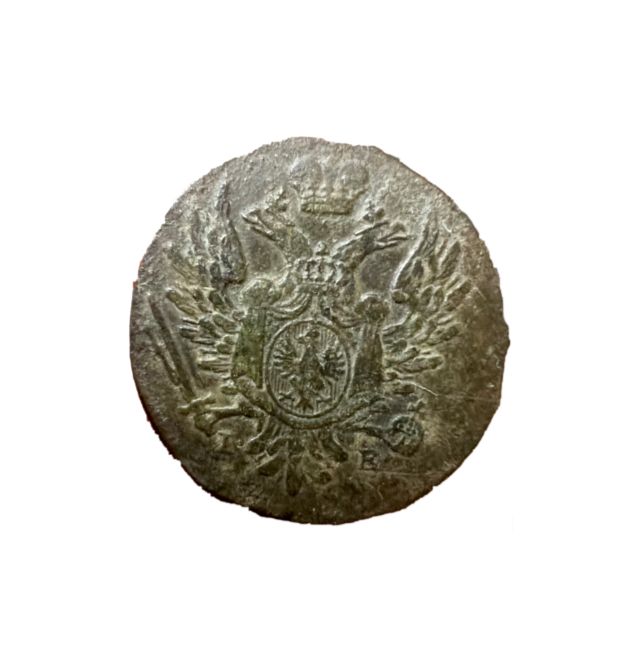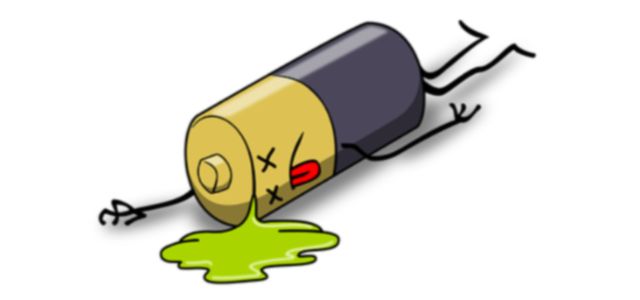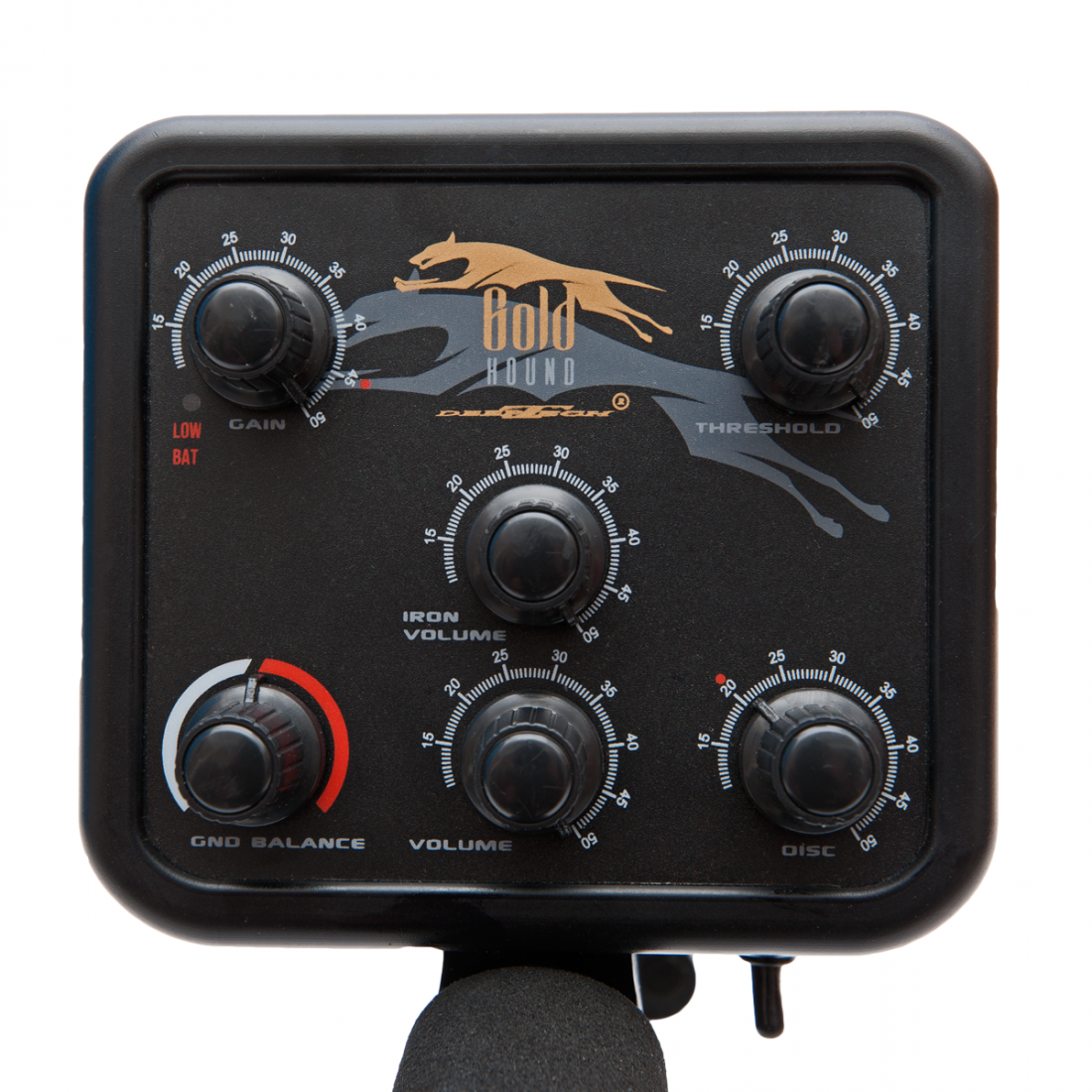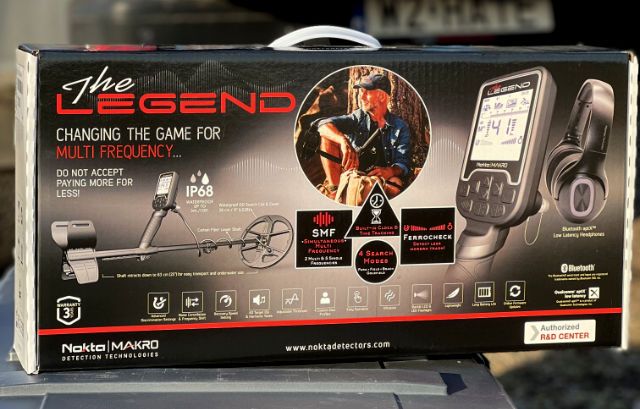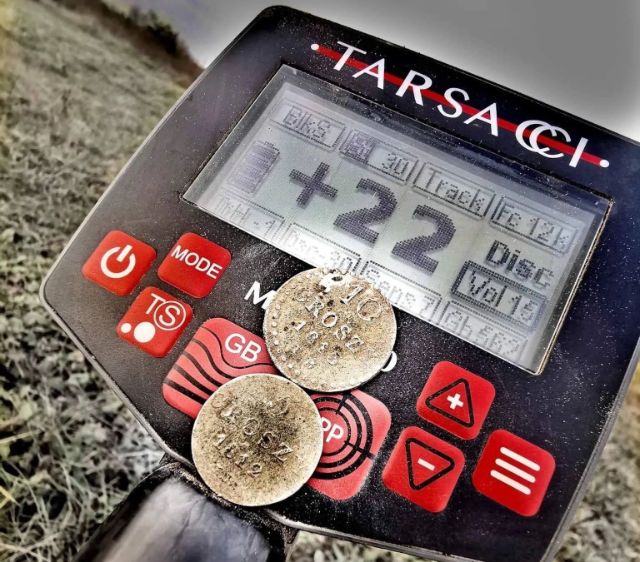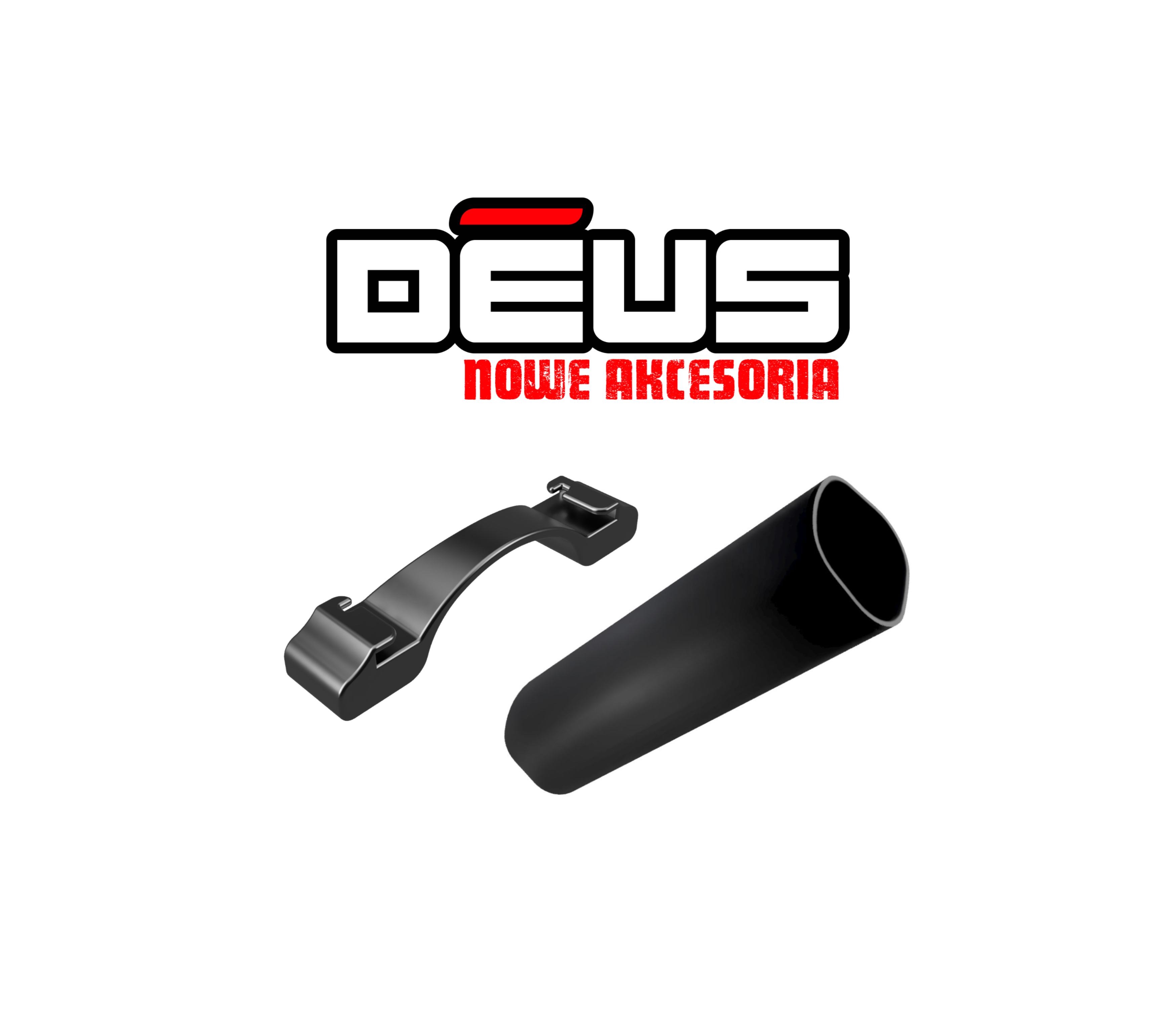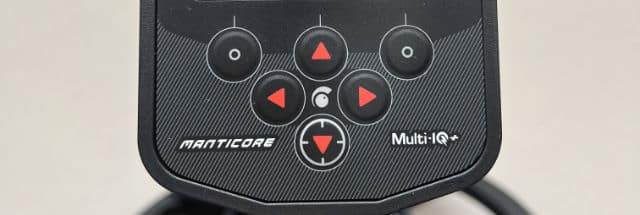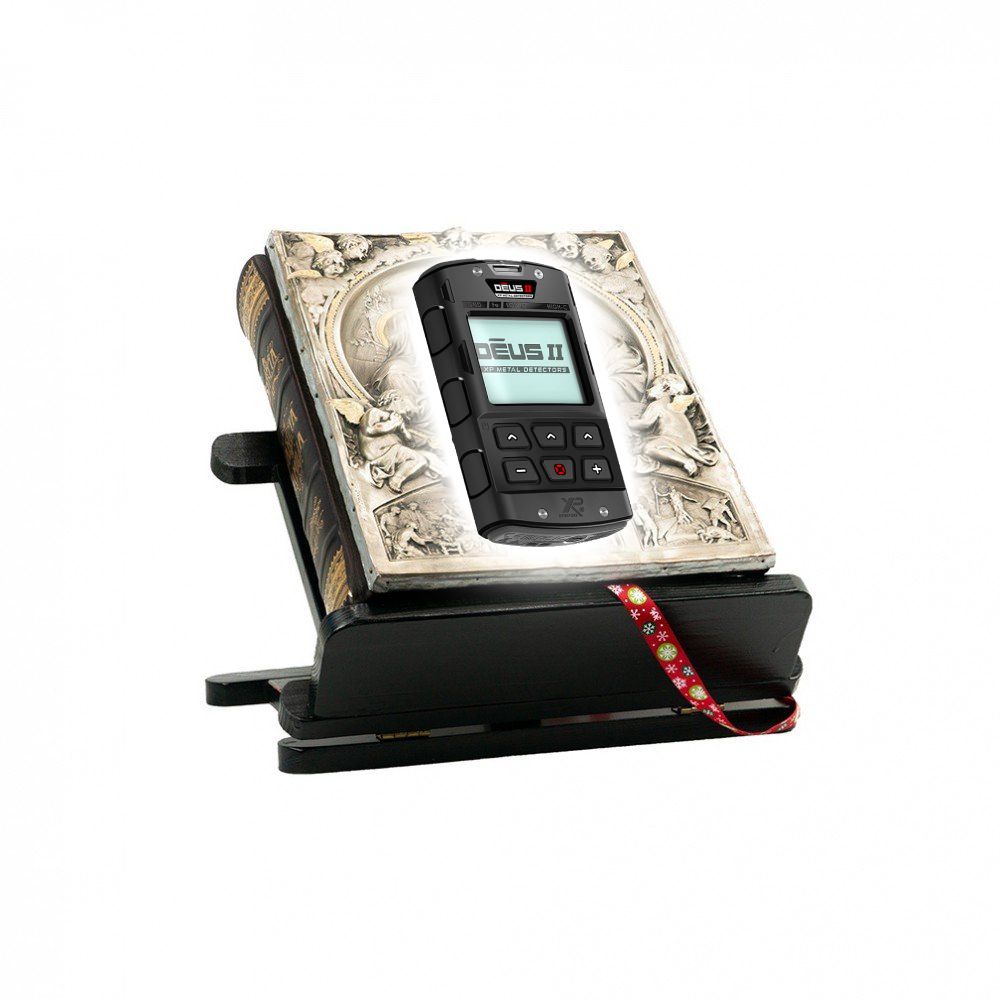
How to fix XP DEUSA II in the field, or is there some magic program? There isn’t and if you think that then you’ve been scammed like a sucker… there is no such thing and remember that well as it will affect your performance in the future and applies to any other metal detector.
Let’s start with, have you read the user manual? If not, do it twice. Why twice? The second time is for punishment … and seriously for understanding and consolidation. In the era of electronic devices, you can always have it on your smartphone and reach it at any time when you have doubts.
The first thing is to choose a program. Here we must be guided by the conditions and the object of the search. We reach for our bible, i.e. instructions, and choose. For example, we are looking for large silver coins, our choice is the simple DEEP HC program. There are two programs to choose from BEACH for rather dry conditions and larger objects with an upper operating frequency of up to 24 kHz (multi-frequency program). BEACH SENS up to 40khz also in water and in addition to very small jewelry, preferably gold (a joke for water sportsmen).
The PARK program is ideal for dry places, also beaches, and places heavily polluted, especially with foil. For this reason, it has a set of selective discrimination, the so-called NOTCH in the range of 23 to 36 IDs.
FAST program for landfill and heavily mineralized conditions with lots of iron. It is also not very deep, which is worth remembering all the time. The SENSITIVE program is designed for places also cluttered to find very small objects, e.g. thin and hand-minted coins. Good for wet ground full of magnetic stones, coke, or foil. SENSI FT is a modified version of the program for more experienced users. It carries more information in the audio line due to the use of multitone sound. Nuances and details will allow you to better identify items.
For dessert, RELIC is for finding larger objects, but also gives advice on coin-sized artifacts. Deep. An innovative solution is the use of IAR-type discrimination, consisting in the elimination of iron depending on its size – signal intensity. The program gives great results but is more difficult to use, except that it is a typical all-metal without discrimination, signaling all signals with one modulated tone. It can be used, for example, on stubble by lifting the probe up to 15 – 20 cm above the soil level.
On the way, we pass the MONO single-frequency version. It’s such an old, kind DEUS I closed in the form of a separate program in the DEUS II box. Romantic? Definitely! Here you can go crazy and choose any operating frequency. For example, we use the lowest 4 kHz and can use this program to search for deep-seated objects with high conductivity. Similarly, the other way around 40kHz and thin, tiny low conductors are ours. Of course, all this affects the performance and stability of work and requires setting other operating parameters.
I should start with GENERAL because it’s a basic program … If in doubt, I choose this one. Good for wetlands, where we will avoid digging false signals, so-called. ghosts associated with the halo effect. Coke, magnetic stones are omitted. It signals deep targets well.
Let’s move on to tenderness. This is usually already set high in the factory programs, but if the conditions allow, we set it to the level of stable operation, and we try not to overdo it.
Phew, and only now we come to something equally important. Ground calibration. We select a clean spot and use the GRAB function or the middle button with a red circle, the same one that activates the PINPOINT. It is worth mentioning that PINPOINT is a great option for finding a clean place for our calibration, it is simply easy and pleasant. We check the value that tells us what type of soil we have and what to expect. The mineralization level bar should also give us food for thought as to how all this affects our search results.
We are doing a test flight … that’s how we check the degree of litter and the presence of iron. Simply put, are the signals frequent next to each other or rather sporadically every few meters? After the initial analysis, we reach for the REACTIVITY function and this is the key, because both the depth and work in a littered area depend on this setting. A value of 0 to 1 is iron-free and garbage-free conditions. Then the ranges are the best. From 2 to 2.5 medium clutter, and 3 to 5 serious garbage, where there is a signal on the signal and objects detected not too deep. At high values, the separation of objects located next to each other will be the greatest, the opposite range.
We still have SILENCER – you silence in places where a large amount of iron causes crackling and interference. Then we reach for this option, setting it at a level that provides us with the relative comfort of work. It must be remembered that high filters always run the risk of losing the deepest and quietest signals.
Depending on the program, we can choose the level of discrimination and the volume of the leading signal. In both cases, we proceed similarly, we try to find the lowest possible level. Discrimination is often associated with a loss of depth, and in some models causes problems with signal processing when the terrain is heavily littered. The leading signal (depending on the program, e.g. RELIC) must operate at the audible level. Its discrete substitutions will tell us what kind of target we have under the probe.
In the case of beach programs, we have SALT SENS, i.e. compensation for interference resulting from the salinity and conductivity of the ground, and MAGNETIC GROUND, which allows us to avoid masking deep-lying objects by ferrite, black sands – i.e. highly mineralized substrates such as a volcanic or even a stony beach.
We check what level of iron saturation our spot has. Here, the decision made will have an impact on the results. Using IRON VOLUME, we can freely turn down or turn up the sound of the iron. When the iron starts to really bother us, it is worth setting its sound to the most acceptable level. I am against total silence. Firstly, it is a signal that there must have been some human presence in this place, and secondly, in my case, objects made of iron can be no less interesting than those that contain only non-ferrous metals.
AUDIO RESPONSE, i.e. audio amplification. It’s worth checking the setting. Values above 4 may cause a situation that minor disturbances or false signals will mask the quiet and deep and most desirable ones. Too high a value also causes an unpleasant effect of changing the proportion between weak and strong signals.
Finally, the GROUND STABILIZER global filter. Usually set to 2 or 3, where the last number causes a very strong muting of the ground influence on the detector’s operation. The level assigned to the value 1 is already loud and unstable work, signaling, ferrite, ceramics (bricks), causing us a well-known headache with DEUS I, but allowing to reach even deeper where silenced devices do not reach!
Audio can be selected according to the prevailing conditions. PWM or SQUARE. The first traditional one is more expressive and carries more information, unfortunately in more difficult conditions it causes fatigue. The second version is soft and pleasant, perfect for dumpsters, where a lot is going on, and we want to survive in the best possible shape until the end of the day and hear and understand what our wife is saying to us at dinner.
Please remember to subscribe to my YouTube channel and social media on Facebook and Instagram. Links below.
Youtube:
https://www.youtube.com/channel/UCa7McxkrH2DNavMWcOBFU2g
Facebook:
Omnitron Store:
https://www.facebook.com/Omnitron-318061209114734
Omnitron Metal Detecting Group
https://www.facebook.com/groups/340050200024326
Instagram:
shop_omnitron
